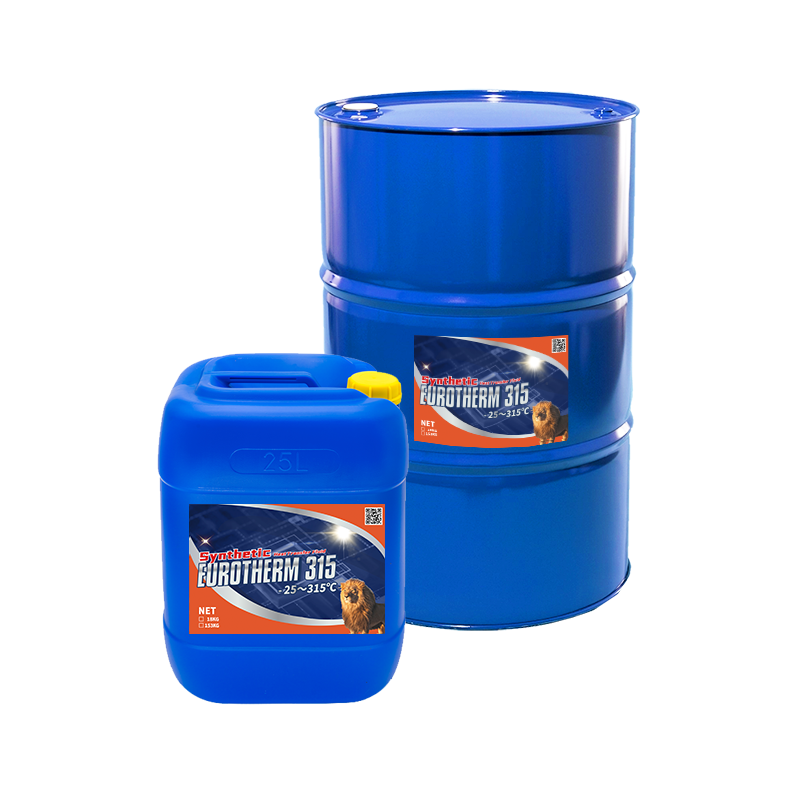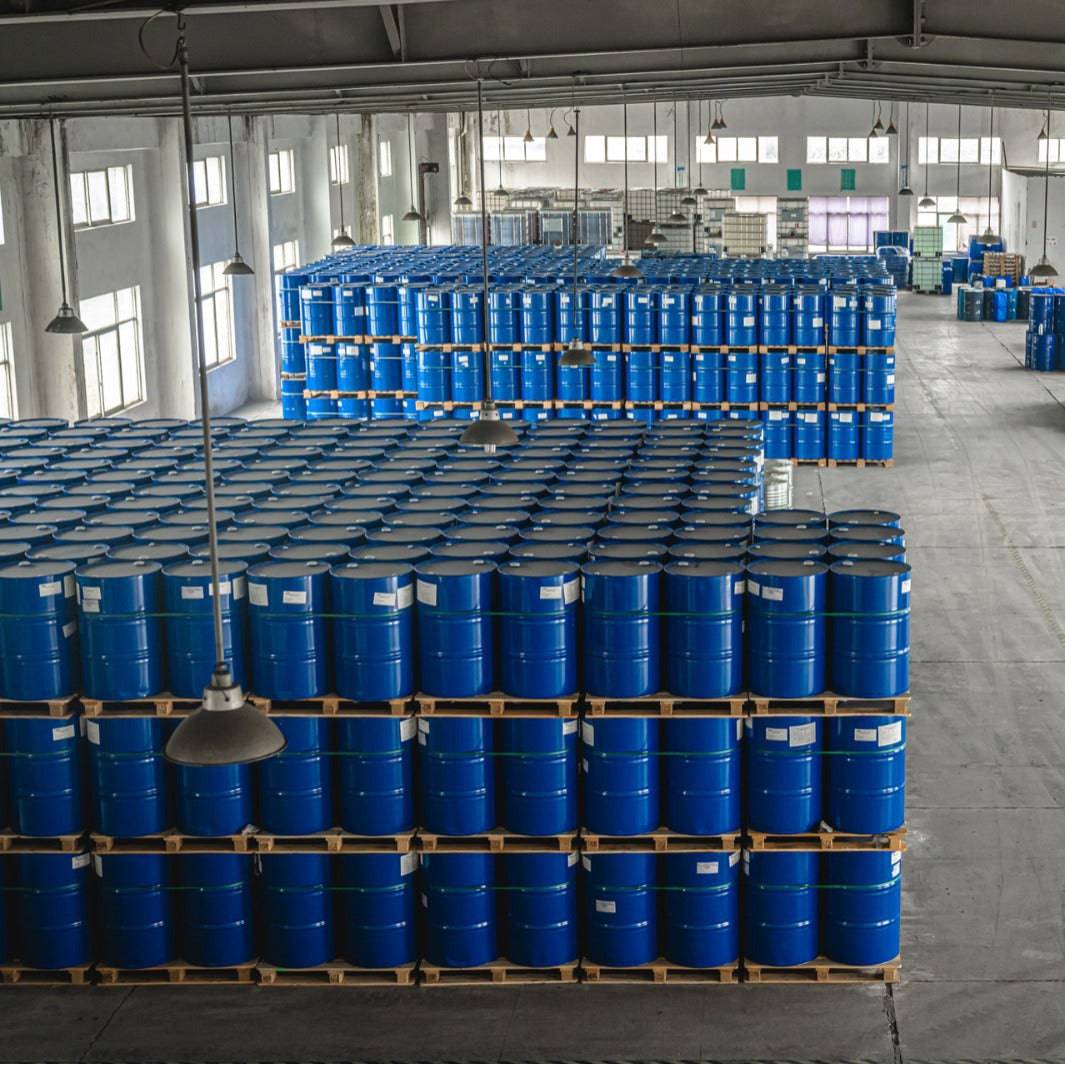The smart Trick of Chemie That Nobody is Talking About
Wiki Article
About Chemie
Table of Contents3 Easy Facts About Chemie DescribedThe Of ChemieIndicators on Chemie You Need To KnowThe Facts About Chemie RevealedSome Known Details About Chemie More About Chemie
By Bojanna Shantheyanda, Sreya Dutta, Kevin Coscia and David SchiemerDynalene, Inc. Fluid cooling, which can be achieved making use of indirect or direct means, is made use of in electronic devices applications having thermal power densities that might go beyond secure dissipation with air cooling. Indirect fluid air conditioning is where warmth dissipating electronic components are physically divided from the liquid coolant, whereas in instance of direct cooling, the parts are in direct call with the coolant.In indirect air conditioning applications the electrical conductivity can be essential if there are leaks and/or spillage of the liquids onto the electronic devices. In the indirect cooling applications where water based liquids with corrosion inhibitors are usually used, the electrical conductivity of the fluid coolant mainly depends upon the ion concentration in the fluid stream.
The rise in the ion focus in a closed loophole fluid stream might take place because of ion seeping from steels and nonmetal components that the coolant fluid touches with. Throughout operation, the electrical conductivity of the fluid may enhance to a level which might be unsafe for the air conditioning system.
3 Easy Facts About Chemie Explained
(https://www.magcloud.com/user/chemie999)They are grain like polymers that are capable of exchanging ions with ions in a service that it touches with. In the here and now job, ion leaching tests were done with different steels and polymers in both ultrapure deionized (DI) water, i.e. water which is dealt with to the highest degree of pureness, and low electric conductive ethylene glycol/water mixture, with the measured adjustment in conductivity reported gradually.
The samples were allowed to equilibrate at area temperature level for two days prior to videotaping the first electrical conductivity. In all examinations reported in this study liquid electric conductivity was measured to a precision of 1% utilizing an Oakton disadvantage 510/CON 6 collection meter which was adjusted prior to each measurement.
Not known Facts About Chemie
from the wall surface heating coils to the facility of the heating system. The PTFE example containers were placed in the heating system when steady state temperatures were gotten to. The examination setup was removed from the heater every 168 hours (seven days), cooled to room temperature level with the electrical conductivity of the liquid measured.The electric conductivity of the fluid sample was monitored for a total of 5000 hours (208 days). Schematic of the indirect shut loop cooling down experiment set up. Components made use of in the indirect closed loop cooling down experiment that are in contact with the liquid coolant.

The Facts About Chemie Uncovered
Throughout operation the liquid storage tank temperature level was preserved at 34C. The adjustment in liquid electric conductivity was kept track of for 136 hours. The fluid from the system was collected and kept. Shut loop test with ion exchange resin was carried out with the same cleaning procedures utilized. The first electrical conductivity of the 230ml UP-H2O in the system measured 1.84 S/cm.
0.1 g of Dowex resin was contributed to 100g of fluid examples that was taken in a different container. The blend was mixed and change in the electrical conductivity at space temperature level was determined every hour. The gauged modification in the electric conductivity of the UP-H2O and EG-LC examination liquids having polymer or metal when engaged for 5,000 hours at 80C is revealed Figure 3.
The 3-Minute Rule for Chemie
Figure 3. Ion leaching experiment: Measured adjustment in electric conductivity of water and EG-LC coolants containing either polymer or steel examples when submersed for 5,000 hours at 80C. The results show that steels added less ions right into the fluids than plastics in both UP-H2O and EG-LC based coolants. This could be due to a thin steel oxide layer which may act as an obstacle to ion leaching and cationic diffusion.Fluids including polypropylene and HDPE exhibited the most affordable electrical conductivity modifications. This could be as a result of the short, stiff, direct chains which are much less likely to contribute ions than longer branched chains with weak intermolecular pressures. Silicone also performed well in both examination liquids, as polysiloxanes are typically chemically inert as a result of the high bond energy of the silicon-oxygen bond which would avoid destruction of the material into the liquid.
The smart Trick of Chemie That Nobody is Talking About
It would certainly be expected reference that PVC would certainly create comparable outcomes to those of PTFE and HDPE based on the comparable chemical frameworks of the materials, nevertheless there may be other pollutants present in the PVC, such as plasticizers, that might influence the electric conductivity of the liquid - inhibited antifreeze. In addition, chloride groups in PVC can also seep into the test liquid and can create an increase in electrical conductivityPolyurethane totally degenerated right into the test fluid by the end of 5000 hour test. Before and after pictures of steel and polymer examples immersed for 5,000 hours at 80C in the ion seeping experiment.
Calculated modification in the electrical conductivity of UP-H2O coolant as a function of time with and without resin cartridge in the shut indirect cooling loophole experiment. The gauged modification in electric conductivity of the UP-H2O for 136 hours with and without ion exchange resin in the loop is displayed in Number 5.
Report this wiki page